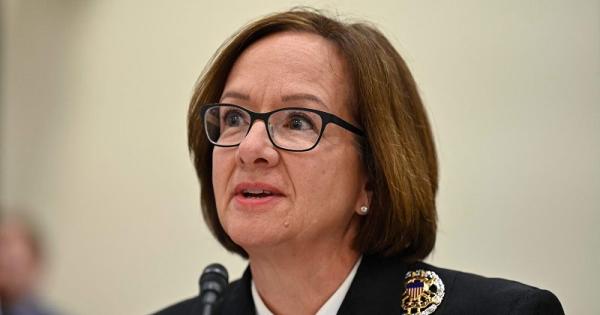Workplace Killers: People kill their colleagues for different reasons
Birmingham. On November 23, at 10:12 p.m., a night-duty team leader at a Walmart in Chesapeake, Virginia, opened fire on his co-workers in the employee room. The 31-year-old criminal killed six and injured at least six more before killing himself. The shots were fired at fellow employees—no customers were targeted—but it is not yet known whether the shooting was intended to kill any specific individuals.
This was the 606th time in 2022 in the US when at least four others were killed by gunfire. Workplace mass shootings (WMS) are perpetrated by attackers who are either working at the time of the incident or have previously worked in the organization where the attack occurs. They differ from perpetrators of mass shootings, which have no connection to workplaces or where the perpetrators are (disgruntled) customers. WMS has occurred in almost all sectors in the US: uniformed services, breweries, manufacturing, distribution, offices, software engineering, education, and power plants are no exception.
Most notoriously, there were several attacks in the 1980s and 1990s on sites operated by the US Postal Service (USPS). More than 20 incidents of “workplace anger” by USPS employees occurred between 1970 and 1997, resulting in more than 60 deaths. The deadliest USPS incident occurred in 1986 in Edmond, Oklahoma, when a disgruntled USPS employee shot and killed 14 colleagues before killing himself. American workplaces became safer in the 1990s and 2000s—the workplace homicide rate dropped by 50 percent during that period.
But despite proactive policing measures, improved workplace safety and improvements in public health and social care, workplace mass shootings are on the rise. A study of 44 shooting incidents in the workplace during 1986–2011 shows that such attacks often differ from other public mass shootings. They are rarely racially motivated, they are not motivated by desires for infamy and are also rarely associated with faith or ideology.
Workplace assaults are very similar in motive. They are mostly vengeful and often stem from the aggressor’s perception of being denied “organizational justice” and being treated unfairly. Statistics show that more than half of USPS assaults are committed by co-workers at the workplace, with less than 25 percent of attackers having been in the position for less than a year. In about 50 percent of cases, the attackers quit their jobs but returned months later to “settle their scores.”
Mass shootings are also carried out by disgruntled customers rather than employees at commercial premises. There have been 25 mass shootings at American commercial locations since 2006 that were not committed by employees or former employees. The US Bureau of Labor Statistics shows that in 2018 alone, 351 people were killed by firearms in workplaces. FBI data from 2000-13 shows that 45 percent of mass shootings in the US occurred at commercial premises.
This is almost twice as high as for schools and educational complexes (24 percent). This disproves public perceptions – perhaps due to biases in media coverage – that school mass shootings account for the largest number of such incidents. Mother Jones magazine’s 2006–22 mass shooting data (defining mass shootings as at least three deaths excluding the shooter in public places) shows that the US with 214 deaths I had 35 WMS. That’s about 26 percent of the 802 deaths from all mass shootings over the same period.
In the same period, 13 incidents of school shootings resulted in 152 deaths. Workplace mass shootings have a low frequency yet have a high impact that haunts companies and workers for decades. John Furner, president and CEO of Walmart US, said the Chesapeake shooting was “extraordinarily tragic because the attacker was an employee.” We feel such tragedies personally and deeply. This… is heartbroken for the entire Walmart family.”





